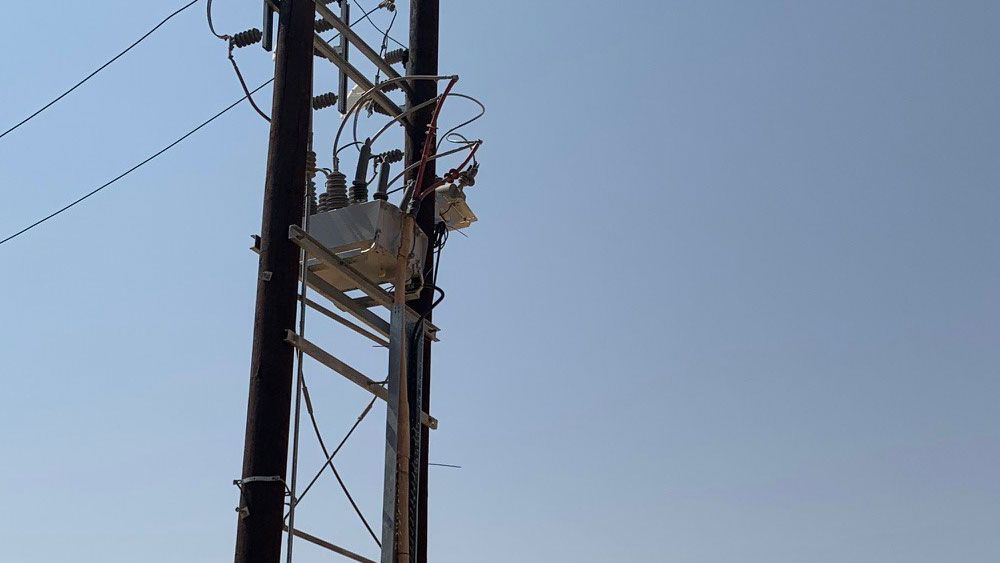Technical Article
Updated 11/2024
Thriving in High Temperature Environments
A Checklist to Verify Electrical Equipment Capability in Harsh Heat

Designing protection and control electronics to survive its service life in a pole-mount application is no simple feat. Overhead distribution switchgear suffers the full ferocity of the midday sun and the equipment resilience to handling these high temperature environments is thoroughly tested. For switchgear systems such as reclosers, their companion control cubicle can reach internal temperatures 20 degrees above ambient. Prudent engineering procurement practices recommends an audit of the environmental performance capability of any prospect equipment, but a few engineering design practices and type test reports can assure technical procurement engineering teams of asset fit-for-purpose assessment.
Firstly, the Ingress Protection (IP) rating of the equipment should be considered on merits of the application. In general, control cubicles with higher IP ratings offer greater protection to their internal electronics, but this must be balanced with ventilation and temperature rise considerations. For example, in the case of NOJA Power’s OSM Recloser system, the companion RC control cubicle provides IP66 protection for the interior electronics, affording exceptional resilience to foreign material ingress and performance in highly polluted environments. However, in the case of the RC control system, NOJA Power have rated their internal electronics to survive testing above 80°C, far higher than would ever be encountered in the field.

Traditional control systems for Auto-Reclosers were often unable to design for such resilient temperature capabilities, resorting to ventilation holes and a lower IP rating to compensate for the lack of temperature mitigating electronics design.
During the procurement process of electrical equipment, engineers can consider using IEC 60068-2-1 as the standard for environmental testing performance. This standard outlines the performance criteria for equipment destined for outdoor service, and includes cold temperature, dry heat and cyclic temperature performance. Effective evaluation should consider the results from all tests, as simply evaluating a single test alone does not guarantee field performance. For example, the Damp Heat cyclic test can create condensation in some equipment causing failure, whereas a pass on IEC60068-2-2 Test B: Dry Heat would not be a worthy indicator of performance in humid or condensation rich scenarios.
“Our products are field proven in the deserts of the Middle East where ambient temperature can reach 50 degrees Celsius,” reports NOJA Power Group Managing Director Neil O’Sullivan. “Solar radiation causes internal temperatures to rise above ambient and we limit this rise in our design by the use of a thermal heat shield on the top surface of every RC control cubicle.”
NOJA Power’s OSM Recloser system has type test certification across the suite of applications for an outdoor pole mounted recloser, and the field experience from over 100,000 installations globally provides this reliability of service in the field. The RC control offers unrivalled IP protection without compromising heat performance, with devices reliably in service across some of the hottest and most arduous environments on earth.
Want to stay up to date with Electrical Distribution Technology?
Join our list for a free weekly technical bulletin, as we share our Global Electrical Engineering experience directly to your inbox.
Subscribe →